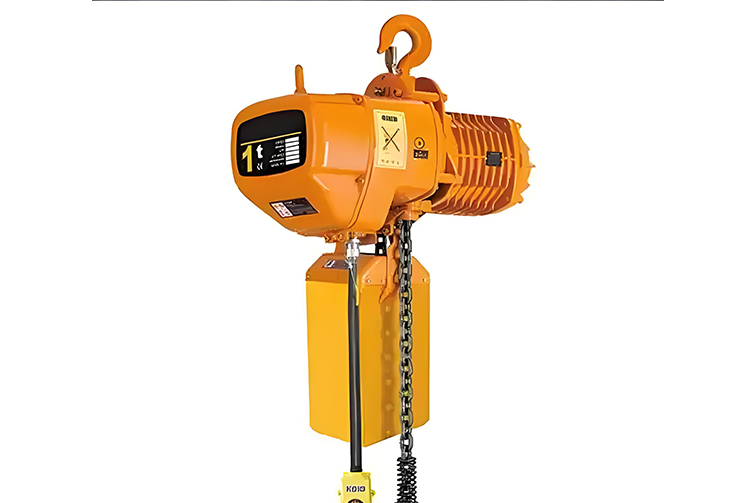

Качество деталей машинного оборудования китайского производства
Китай стал мировым лидером в производстве, производя широкий спектр деталей машин и оборудования для таких отраслей, как строительство, автомобилестроение, аэрокосмическая промышленность и энергетика. За прошедшие годы детали машин китайского производства получили значительное признание за их качество, доступность и технологические достижения. Однако мнения об их качестве часто различаются в зависимости от поставщика, отраслевых стандартов и конкретных требований. В этой статье рассматриваются сильные стороны и проблемы, связанные с машинными деталями китайского производства.
1. Сильные стороны машинных деталей китайского производства
a. Конкурентные цены
Одним из наиболее заметных преимуществ машинных деталей китайского производства является их доступность. Низкие затраты на рабочую силу, повышенная эффективность производства и экономия на масштабе позволяют китайским производителям производить детали по конкурентоспособным ценам. Это делает их привлекательным выбором для предприятий, ищущих экономичные решения без ущерба для функциональности.
b. Технологические достижения
Китай вложил значительные средства в модернизацию своего производственного сектора. Многие китайские компании в настоящее время используют современное оборудование, робототехнику и автоматизацию для производства высокоточных деталей, соответствующих международным стандартам. Например, такие отрасли, как аэрокосмическая и автомобильная промышленность, полагаются на китайских производителей в плане precision-engineered компонентов.
c. Широкий ассортимент продукции
Производственная промышленность Китая предлагает широкий спектр деталей, от стандартных компонентов до высокоспециализированных решений. Если вам нужны простые винты и болты или сложные гидравлические системы, китайские поставщики могут удовлетворить различные требования.
d. Сертификаты и соответствие стандартам
Многие китайские производители приняли международные стандарты качества, такие как ISO, CE и ASME. Эти сертификаты демонстрируют их приверженность качеству и надежности, гарантируя, что их продукция соответствует глобальным требованиям.
2. Проблемы, которые следует учитывать
a. Вариабельность качества
В то время как многие китайские производители производят высококачественные детали, качество среди поставщиков значительно различается. Некоторые компании могут сократить расходы, что приводит к некачественной продукции. Покупателям крайне важно тщательно проверять поставщиков и гарантировать, что они имеют надежные процессы контроля качества.
b. Коммуникационные барьеры
Языковые и культурные различия иногда могут привести к недоразумениям в спецификациях или требованиях. Четкое общение, подробная документация и использование профессиональных посредников могут помочь смягчить эти проблемы.
c. Контрафактные продукты
Огромный размер производственного сектора Китая также привел к проблемам с выходом на рынок контрафактной или некачественной продукции. Покупатели должны работать с авторитетными поставщиками и запрашивать сертификаты и отчеты о контроле качества, чтобы избежать таких рисков.
3. Факторы для обеспечения высококачественных закупок
a. Партнерство с авторитетными поставщиками
Исследуйте и выбирайте поставщиков с большим послужным списком, положительными отзывами и отраслевыми сертификатами. Посещение производственных объектов или проведение аудитов может дать ценную информацию об их производственных возможностях.
b. Запросите образцы и проведите тестирование
Перед размещением оптовых заказов запросите образцы продукции для оценки их качества. Проведите тщательное тестирование, чтобы убедиться, что детали соответствуют вашим спецификациям и стандартам производительности.
c. Используйте сторонние инспекционные услуги
Многие компании специализируются на проверках качества в Китае. Эти сторонние услуги могут проверить качество продукции до ее отправки, что снижает риск получения некачественных деталей.
d. Установите четкие контракты
Четко изложите спецификации, стандарты, сроки поставки и гарантийные условия в контрактах. Это помогает установить ожидания и защищает обе стороны в случае споров.
4. Истории успеха китайского производства
a. Автомобильная промышленность
Китай является крупным поставщиком автомобильных запчастей, включая двигатели, трансмиссии и электронные компоненты. Мировые бренды, такие как Tesla, закупают компоненты у китайских производителей благодаря их качеству и рентабельности.
b. Возобновляемая энергия
Китай лидирует в мире по производству ветряных турбин и компонентов для солнечных панелей. Эти детали экспортируются в страны мира, демонстрируя способность Китая поставлять высококачественную продукцию для критически важных отраслей.
c. Строительная техника
Китайские бренды, такие как XCMG и SANY, получили международное признание заих строительные машины и части оборудования, конкурируя с признанными мировыми производителями как по качеству, так и по инновациям.
Заключение
Качество деталей машин китайского производства значительно улучшилось за эти годы, и многие производители поставляют продукцию, которая соответствует или превосходит мировые стандарты. Однако изменчивость качества остается проблемой, подчеркивая важность работы с авторитетными поставщиками и проведения комплексной проверки. Используя сильные стороны производства Китая при смягчении потенциальных рисков, предприятия могут извлечь выгоду из рентабельных высококачественных деталей машин, которые способствуют эффективности и успеху.








